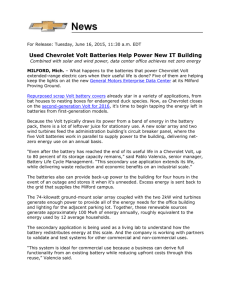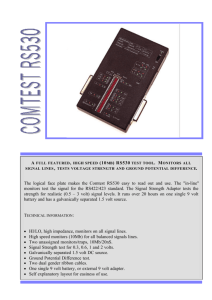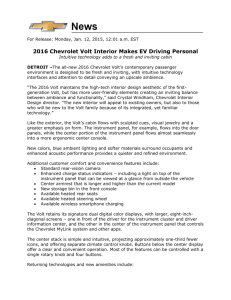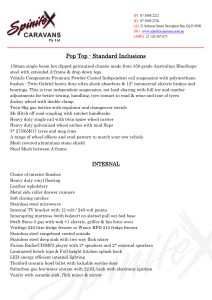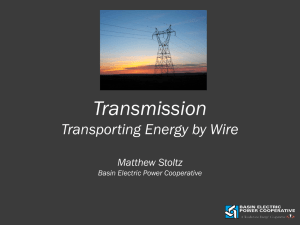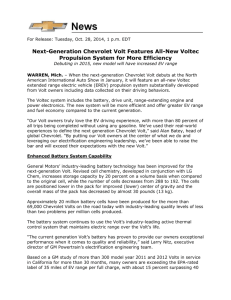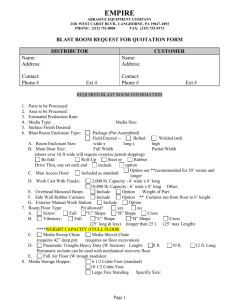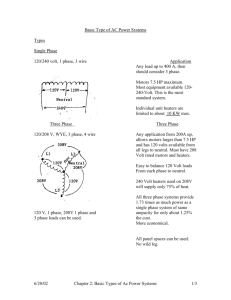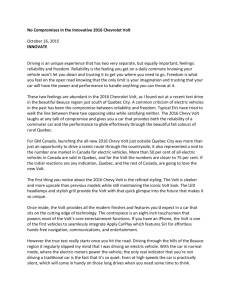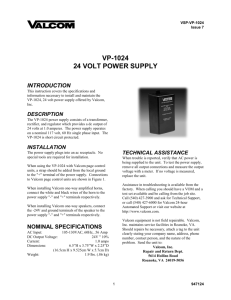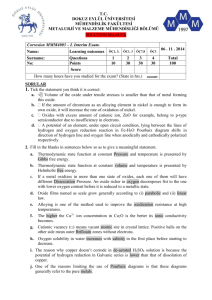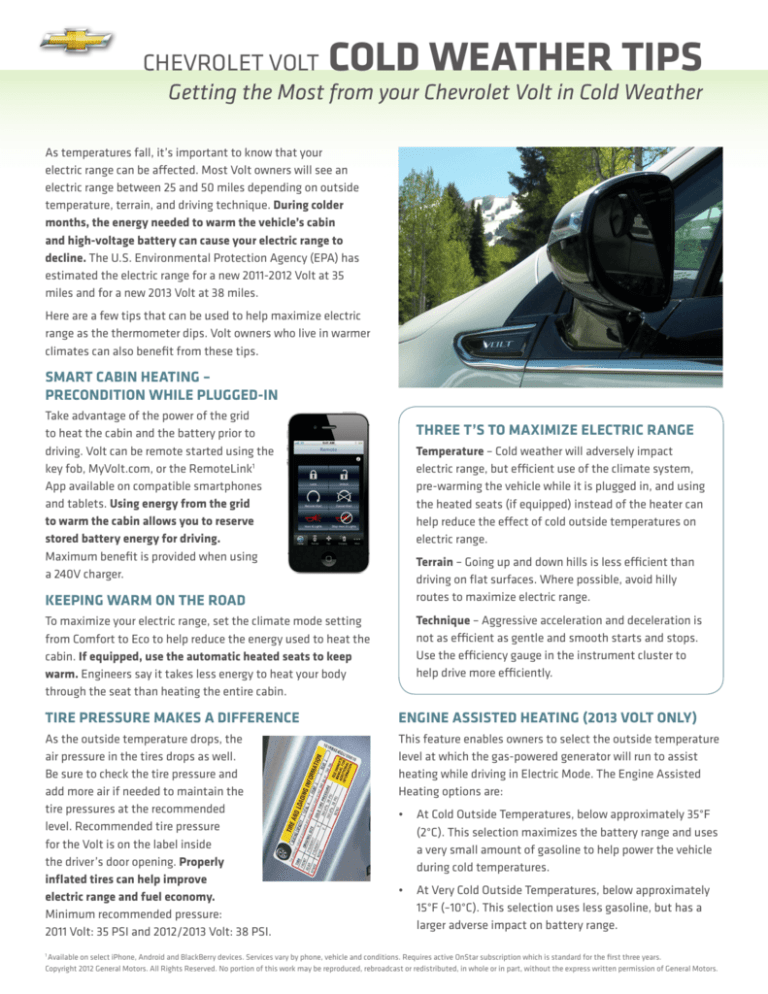
CHEVROLET VOLT
COLD WEATHER TIPS
Getting the Most from your Chevrolet Volt in Cold Weather
As temperatures fall, it’s important to know that your
electric range can be affected. Most Volt owners will see an
electric range between 25 and 50 miles depending on outside
temperature, terrain, and driving technique. During colder
months, the energy needed to warm the vehicle’s cabin
and high-voltage battery can cause your electric range to
decline. The U.S. Environmental Protection Agency (EPA) has
estimated the electric range for a new 2011-2012 Volt at 35
miles and for a new 2013 Volt at 38 miles.
Here are a few tips that can be used to help maximize electric
range as the thermometer dips. Volt owners who live in warmer
climates can also benefit from these tips.
SMART CABIN HEATING –
PRECONDITION WHILE PLUGGED-IN
Take advantage of the power of the grid
to heat the cabin and the battery prior to
driving. Volt can be remote started using the
key fob, MyVolt.com, or the RemoteLink1
App available on compatible smartphones
and tablets. Using energy from the grid
to warm the cabin allows you to reserve
stored battery energy for driving.
Maximum benefit is provided when using
a 240V charger.
KEEPING WARM ON THE ROAD
To maximize your electric range, set the climate mode setting
from Comfort to Eco to help reduce the energy used to heat the
cabin. If equipped, use the automatic heated seats to keep
warm. Engineers say it takes less energy to heat your body
through the seat than heating the entire cabin.
THREE T’S TO MAXIMIZE ELECTRIC RANGE
Temperature – Cold weather will adversely impact
electric range, but efficient use of the climate system,
pre-warming the vehicle while it is plugged in, and using
the heated seats (if equipped) instead of the heater can
help reduce the effect of cold outside temperatures on
electric range.
Terrain – Going up and down hills is less efficient than
driving on flat surfaces. Where possible, avoid hilly
routes to maximize electric range.
Technique – Aggressive acceleration and deceleration is
not as efficient as gentle and smooth starts and stops.
Use the efficiency gauge in the instrument cluster to
help drive more efficiently.
TIRE PRESSURE MAKES A DIFFERENCE
ENGINE ASSISTED HEATING (2013 VOLT ONLY)
As the outside temperature drops, the
air pressure in the tires drops as well.
Be sure to check the tire pressure and
add more air if needed to maintain the
tire pressures at the recommended
level. Recommended tire pressure
for the Volt is on the label inside
the driver’s door opening. Properly
inflated tires can help improve
electric range and fuel economy.
Minimum recommended pressure:
2011 Volt: 35 PSI and 2012/2013 Volt: 38 PSI.
This feature enables owners to select the outside temperature
level at which the gas-powered generator will run to assist
heating while driving in Electric Mode. The Engine Assisted
Heating options are:
• At Cold Outside Temperatures, below approximately 35°F
(2°C). This selection maximizes the battery range and uses
a very small amount of gasoline to help power the vehicle
during cold temperatures.
• At Very Cold Outside Temperatures, below approximately
15°F (−10°C). This selection uses less gasoline, but has a
larger adverse impact on battery range.
Available on select iPhone, Android and BlackBerry devices. Services vary by phone, vehicle and conditions. Requires active OnStar subscription which is standard for the first three years.
Copyright 2012 General Motors. All Rights Reserved. No portion of this work may be reproduced, rebroadcast or redistributed, in whole or in part, without the express written permission of General Motors.
1

